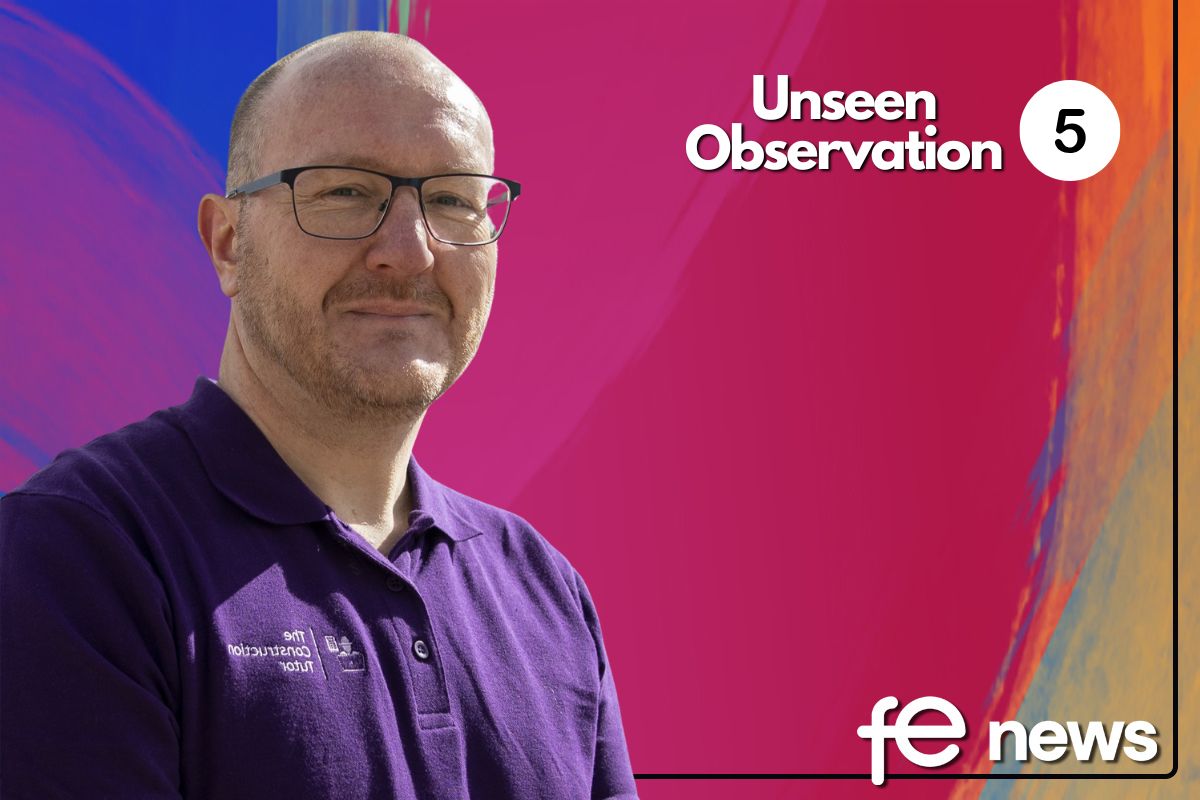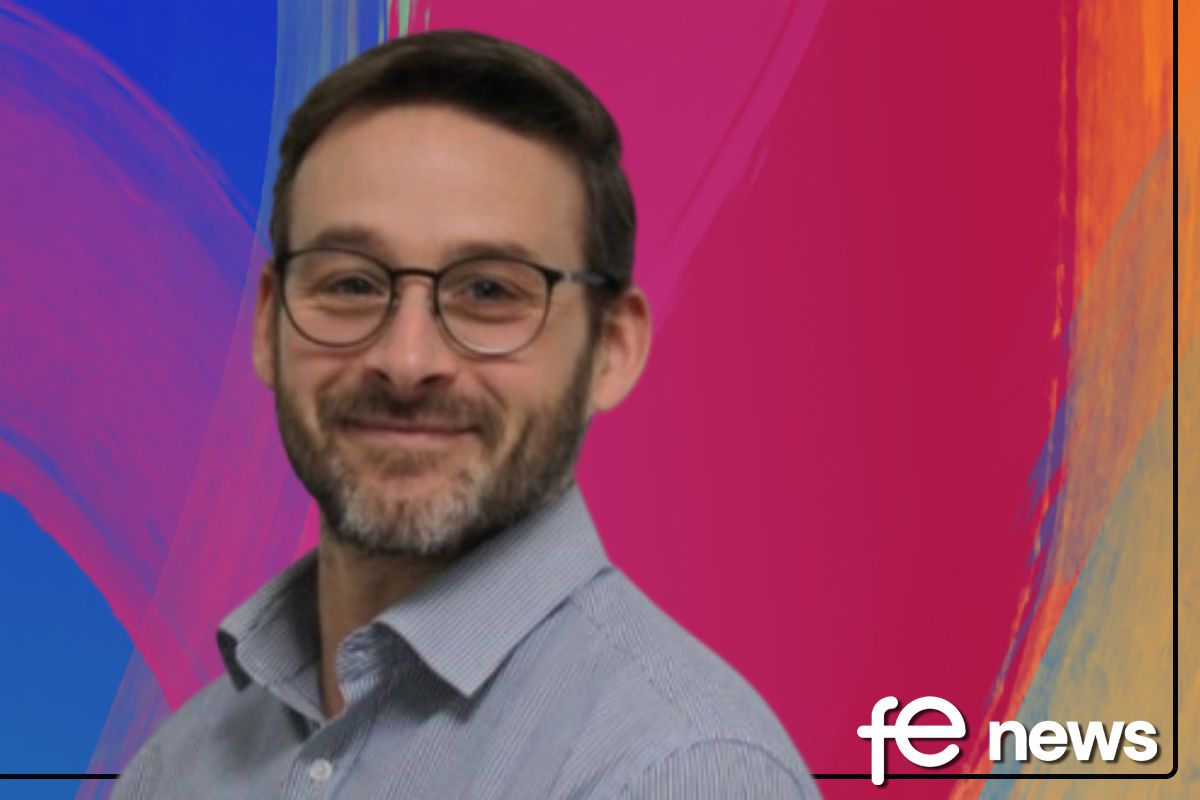Unseen Observation: Fostering an Environment for Critical Reflection

My exploration of unseen observations started a decade ago. As part of my QTLS research I found a TES article about unseen observations written by this university person called Matt O’Leary and it sparked something in my thinking. Having been involved in QA for a number of years I had a growing dissatisfaction with the ’traditional’ model of observation. I knew as a self-motivated, reflective practitioner the limited efficacy of an unannounced observer appearing in my lesson and then giving me feedback, based on only a 45-minute snapshot of my lesson which did not take full account of the context, sequencing, planning, team work, institution and my experience. It felt like it was a compliance exercise at best and demotivating at worse.
Many of us know the sense of imposter syndrome that we can have as teachers. That fear of being found out (because no one can perform at their best all the time). The fear induced by the power imbalance of unannounced, capability linked observations, conducted by managers is very real. Although we have moved away from the graded observation model in many of our institutions the last vestiges of capability still remain in the minds and hearts of many teachers and trainers in the Further Education and Skills sector.
Finding a Better Alternative
Although, at the time, I spoke about it to anyone who would listen, I could not find an outlet for my newly discovered ‘possible alternative’. Then lockdown came and online CPD opportunities arouse and I was able to join an online training program run by Professor Matt O’Leary and Joanne Miles exploring the principles and ideas of unseen observation in more depth and how they might be applied in practice. Being reminded about the Hawthorne effect and how students often behave totally different when we are being observed compared to how they are in all our other lessons struct a cord with me. I brought this new found excitement and hope that there might be a better way back to my college and suggested it during an observation training session, where the idea was not exactly welcomed with open minds or open arms! The main resistance was clearly in evidence – ‘How do we measure teachers if we don’t do unannounced observations?’ ‘How do we know if our teachers are any good unless we have a metric to compare them to and judge them against?’ I even heard one senior manager say ‘I don’t have time to read all this qualitative feedback, I want a data set’. I’ll just leave that thought hanging there for a minute. Has that sunk in? Spoiler alert – teachers and managers are sometimes looking for different things. Most teachers I have spoken to (but by no means all) have welcomed the idea of being empowered in their professional development, and have wondered at how it would feel not to have the fear of the unannounced, power imbalanced, observations being dropped upon them. The majority of senior managers I have spoken to have offered resistance; ‘but how will we measure them if we don’t have the grades or the data?’ We should all be looking for the same outcome – excellent teaching that serves our learning community in the best way that we are capable of. There is a tension in the expectations of what the requirements of observation outcome are. How we measure this succinctly is perhaps the holy grail of observation reporting, and something we are still working on in our pilot project.
The Unseen Observation Pilot
So, to bring the story up to date. Our Quality team have launched the pilot of Unseen Observations and I was a very willing participant in the first cohort – and oh the joy! No more unannounced observations (and I am a fairly confident person, but that still felt good), instead I could indulge myself in the development of a specific area of my practice. No longer hiding my ‘worse group’ hoping that no one would look through my window or enter my classroom door. Instead, I was happily telling everyone about my ‘worst group’ and how I struggled to motivate them, or keep them on task, and develop them to have a love of learning and to take responsibility for improving their own futures. The traditional observation model means you hope the observer attends your best class and your best lesson so that you get the best grade or outcome and can relax for the rest of the year (and because it is your best you have little to learn from the feedback given – you already knew it was the best and hopefully knew why it was the best).
Benefits and Challenges
Instead, the area that you are still developing, the area that you need help in, the area that you want support in becomes your focus allowing you to explore safely how you could do things better. To take time to really reflect, research and develop. To experiment and change what you do. That is the power of the unseen observation model. There are challenges; getting the protected time to meet with your co-collaborator. To find the right person to collaborate with – there needs to be mutual respect and trust – a shared understanding of the purpose of unseen observations, the skill set to be an active listener and coach, not just a mentor, humble enough to learn from others and not always be the ‘teacher of others’.
I can wholeheartedly recommend dipping your toe into the unseen observation model. And a parting thought, it is not just a get-out for lazy teachers. Done well this will take longer than traditional observations, is more challenging and ultimately has the potential to be more robust. So, you have been warned, it is not for the fainthearted but it is for those that want to improve their teaching practice for the benefit of their learners and their institutions.
By Mozz Baker, Lecturer in Personal Development, Behaviour and Welfare at
Walsall College











Responses